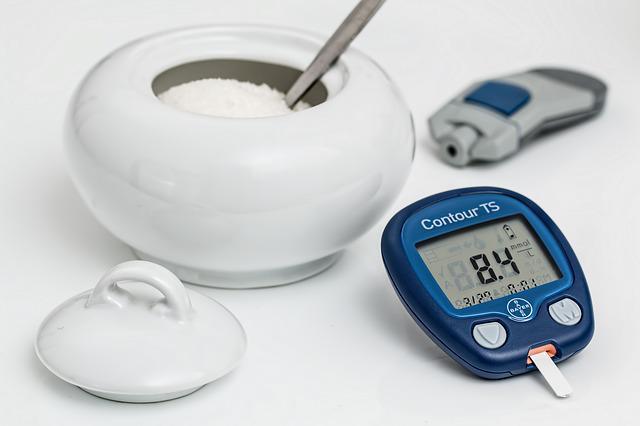Search here

18-Sep-2022
What is a Glucometer?
People with type 1 or type 2 diabetes or gestational diabetes during
pregnancy may need to check and monitor their blood sugar
regularly at home.
Testing your blood sugar is one of the best ways to control diabetes. It helps
you understand how diet, medication, and exercise
can affect your condition. Monitoring blood sugar levels can help both
patients and doctors create an effective diabetes management plan.
Doctors recommend using a portable glucometer called a glucometer to measure your blood
sugar.
What is a blood glucose meter?
A blood glucose meter is a portable and easy-to-use device that you can use to
monitor your blood sugar levels anytime, anywhere. The device typically analyzes a small amount of
blood on a fingertip and provides results within seconds.
A blood glucose meter can help you see the constant fluctuations in your blood sugar
levels, so you may need to check and record
your readings frequently.
Steps for using a glucometer
When using a glucometer at home, a step-by-step procedure should be followed to
avoid infection and erroneous results during diabetes management. It is also important to follow the instructions that come with the
meter. In general, the steps for using a glucometer are:
Wash your hands thoroughly with soap and water, dry
them with a towel, or use an alcohol wipe to
wipe your fingers and make sure they are dry before testing.
Remove the test strips from the strip box. Insert or insert the strip into the
appropriate slot on the blood glucose meter before pricking
your finger. This makes it easier to add a blood sample to the strip. Some
blood glucose meters require a blood sample to be placed first on a strip and then
on a cell. Use a clean lancet (needle holder) to prick
your fingertips.
Prepare the cutter:
Remove the screwdriver cap.
Push the lancet firmly into the holder.
Replace the cap and adjust the piercing device according to the thickness of the skin
(below allows for deeper and less painful piercing). Prick the
tip of your finger with a clean lancet and wait for the blood to
flow.
Place a drop or two of blood in the appropriate spot on the strip placed
on the glucometer. Be careful not to let the tape come into contact with
your skin. This is important because food and medicine left on
your fingers can affect test results. Hold a clean cotton pad
over the puncture site and stop the
bleeding.
Using a blood glucose meter
Check if your blood sugar is under control, low or high. Recognizes patterns of blood
sugar levels (when blood sugar levels are high or low).
Monitor blood sugar levels after exercise or during stress.
Monitoring the effectiveness of diabetes treatment.
Understand how lifestyle changes, such as diet and exercise, can help control diabetes.
Assess the extent to which specific treatment goals are
being met.
What is a normal glucose meter for a person without diabetes?
Normal blood sugar levels in people without diabetes or pre-diabetes should be:
Blood sugar level: 70 – 99 mg/dL
Postprandial blood glucose (1 to 2 hours after a meal): less than 140
mg/dL
What are the normal blood glucose values for people with diabetes?
According to the American Diabetes Association, people with diabetes should have the following blood
sugar levels:
Fasting blood glucose: 80-130 mg/dL
Postprandial blood glucose: less than 180 mg/dL
Conclusion
Controlling blood
sugar levels not only helps control diabetes but also
reduces the risk of long-term complications. It's always
helpful to know if your blood sugar is normal, low, or
high, so it's a good idea to use a glucometer. A blood glucose meter is ideal for
those who want to check their blood sugar levels regularly in a
convenient, easy and painless way. Depending on the results,
you can make the necessary changes to your diet or
lifestyle.

Student
An inquisitive individual with a great interest in the subjectivity of human experiences, behavior, and the complexity of the human mind. Enthusiased to learn, volunteer, and participate. Always driven by the motive to make a difference in the sphere of mental health - and normalize seeking help through a sensitive and empathetic approach
Join Our Newsletter
Subscribe to our newsletter to receive emails about new views posts, releases and updates.
Copyright 2010 - 2025 MindStick Software Pvt. Ltd. All Rights Reserved Privacy Policy | Terms & Conditions | Cookie Policy